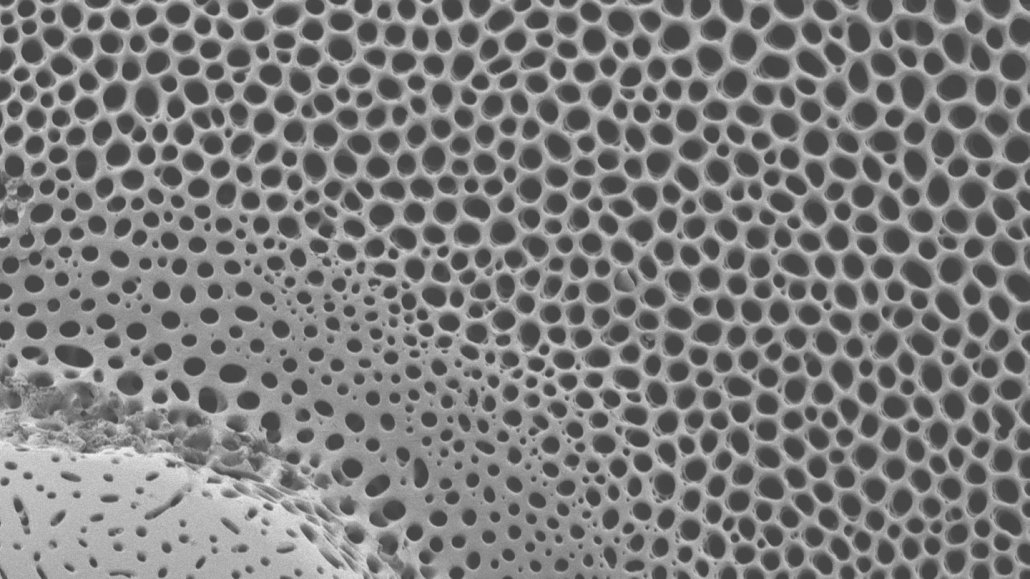
Viewing sea urchin skeleton “tubercles” (one shown) using a scanning electron microscope shows that they follow a common geometric pattern.
V. Perricone

Viewing sea urchin skeleton “tubercles” (one shown) using a scanning electron microscope shows that they follow a common geometric pattern.
V. Perricone